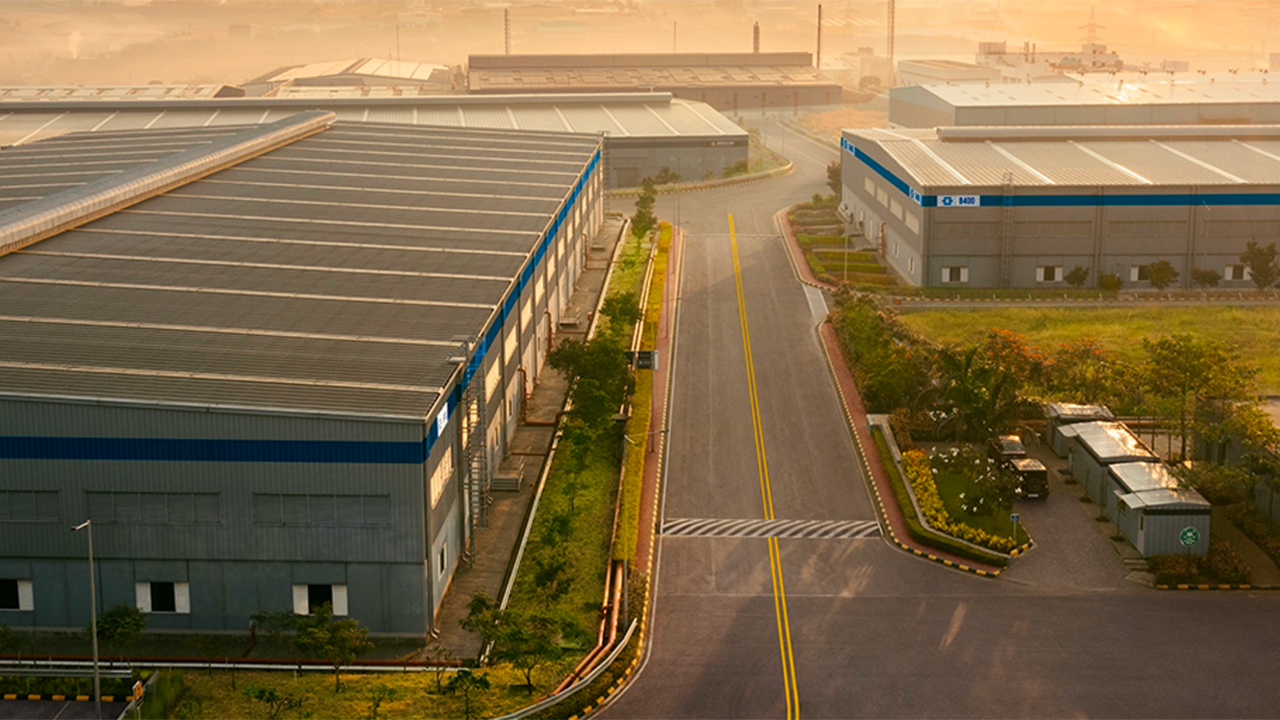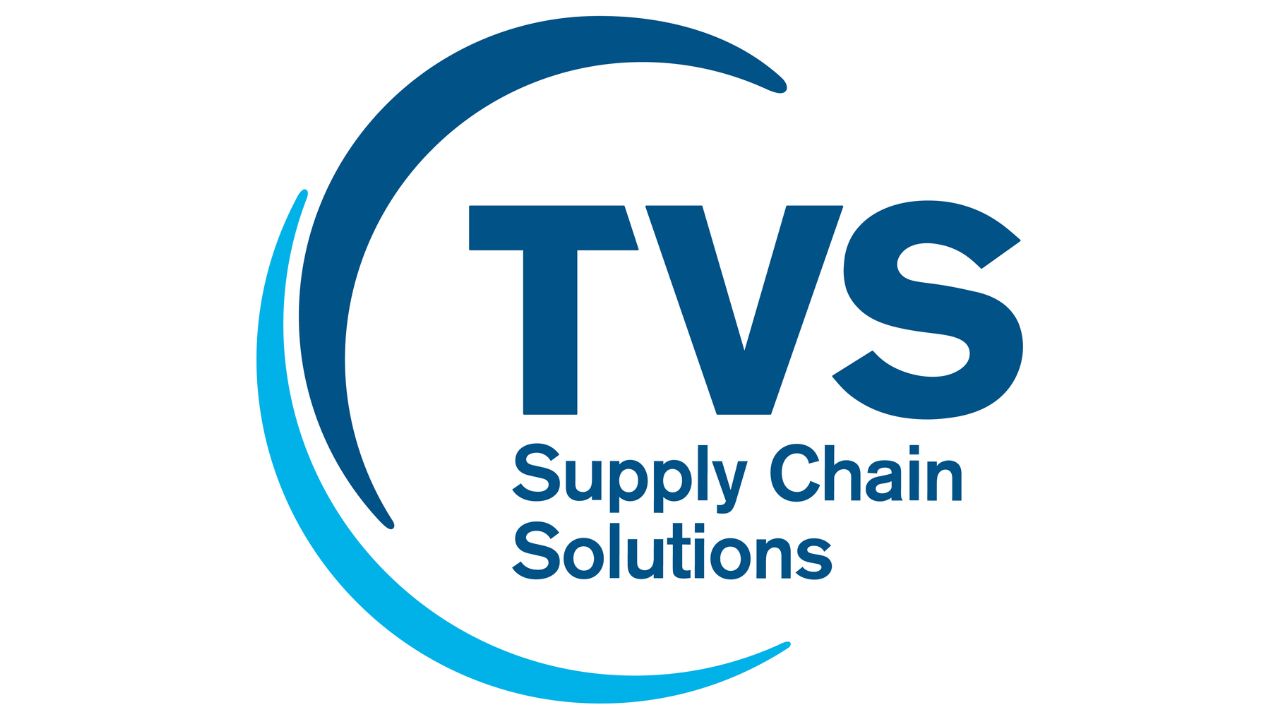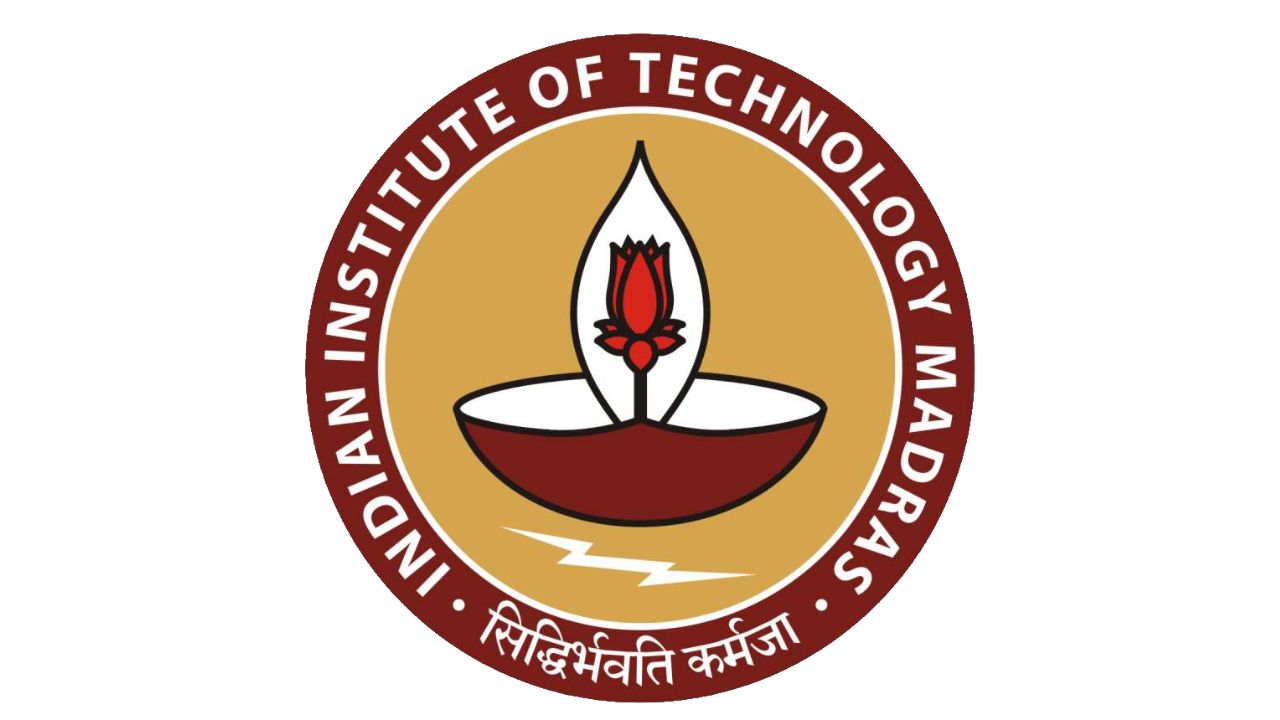Muthu Maruthachalam C - VP of Supplier Management & Logistics Trucks Asia India
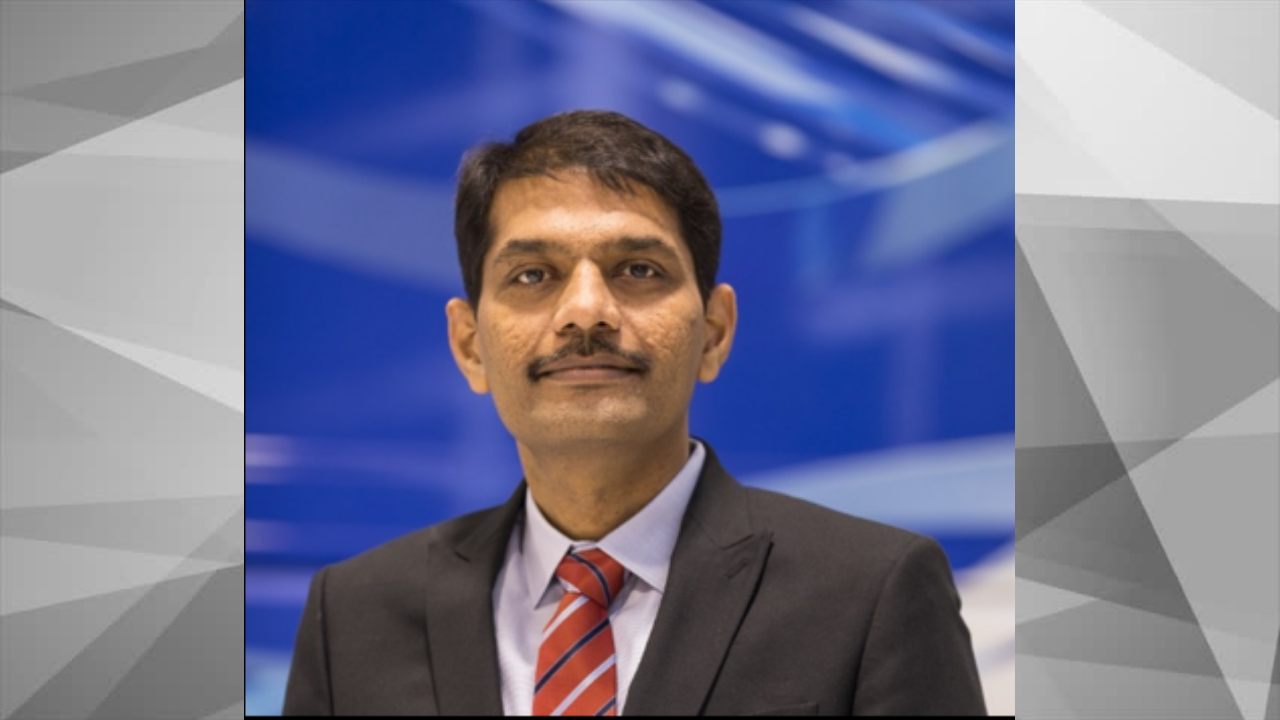
There’s been a lot of talk in the news lately about how India can become the world’s biggest manufacturing hub. Where do we stand currently and how can we gain a larger share of the world’s supply pie? First, let’s look at the numbers.
India has the 2nd largest population in the world and the 5th largest nominal GDP. And yet, we make up a mere 3% of the world’s manufacturing output. Clearly, there’s plenty of room to grow. In times like this, it’s good to hear from an expert – someone who deals with global supply chains and international business on a daily basis.
Introducing Muthu C, Daimler India Commercial Vehicle’s (DICV) VP of Supplier Management & Logistics. Muthu joined DICV back in 2009 and returned from a five year secondment to Mitsubishi Fuso Truck & Bus Corporation (MFTBC) in April. MFTBC, another Daimler-owned entity, is based in Japan and produces trucks and buses under the world-famous brand ‘FUSO’.
So what does a man with almost a quarter century of experience have to say about global supply chains?
“The recent pandemic has made one thing clear – supply chains are a thing of the past. Everyone has heard the saying, ‘A chain is only as strong as its weakest link’ and that is very true. What we need now are supply nets,” explains Muthu.
But what are supply nets and why are they so important?
“Having a supply net means having a geographically diverse network of reliable suppliers that can act as a backup to the primary provider. With a supply chain, a typhoon in Tokyo can stop production 4000 miles away in Chennai. With a supply net, you’re no longer putting all your eggs in one basket.”
And the relevance for India?
“This is our chance to take ‘Make In India’ to the next level. Right now, companies all over the globe are looking to safeguard their supply chains by creating supply nets. They are expanding their existing supply base by inducting new partners in new regions; Indian businesses are definitely on their radar.”
Of course, as supply chains become supply nets, their complexity increases exponentially, bringing a whole host of extra challenges. Coordinating hundreds or even thousands of partner companies is a herculean task; Here, Muthu’s strong background in Project Management comes to the fore.
“Consider that a normal passenger car can have as many as 30,000 parts. Those parts are made up of multiple components, which are in turn composed of sundry raw materials. Now imagine that you want not just one supplier for each part, but several…As supply networks become more global and multi-layered, there’s simply too much complexity for any one team to handle manually. That’s where digitalization comes in.”
Over the last few years, DICV has introduced a slew of digitalization initiatives covering the entirety of the business’ operations. One such example is the SAP-based Warehouse Management System (WMS) being rolled out at the domestic parts warehouse in Chennai.
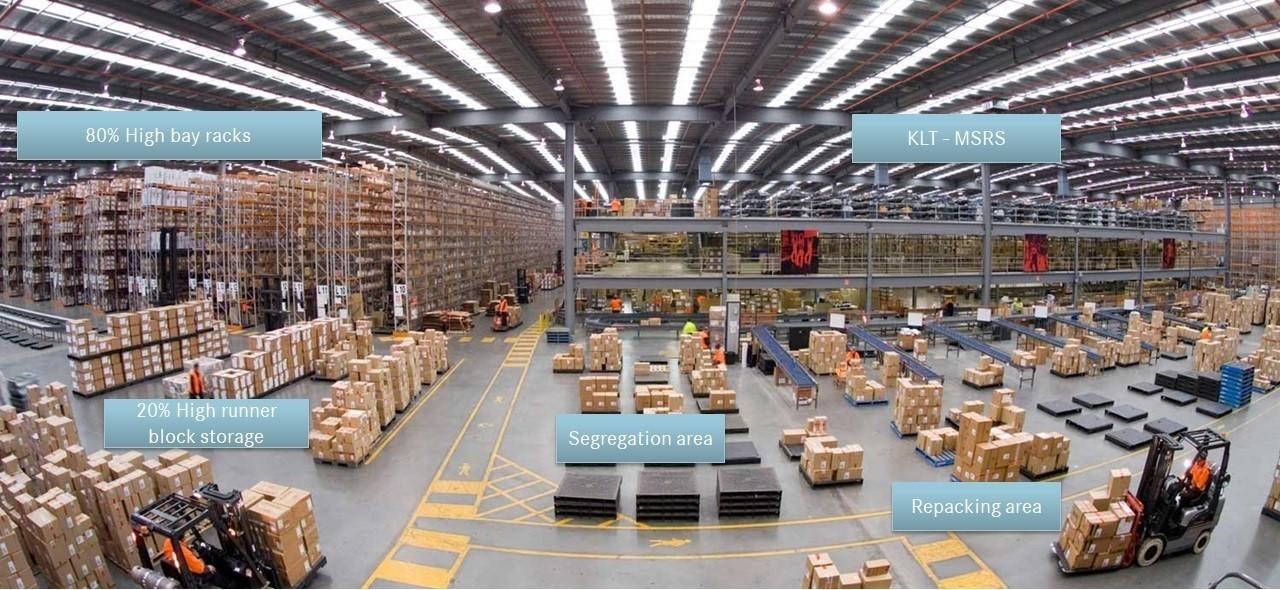
“This system enables track and trace of all the parts and transactions in our warehouse, as well as establishing a combination of fixed and dynamic binning. With this we improve warehouse utilization, reduce shelf life expiry, and integrate advanced sequencing and kitting processes for efficient line side assembly processes. In layman’s terms, this means less wasted resources and less wasted time – concrete savings we can pass on directly to our customers.”
"In layman’s terms, this means less wasted resources and less wasted time – concrete savings we can pass on directly to our customers.”
So, there you have it. Advice from an expert on how Indian companies can supply to the world:
NEWSLETTER
TRENDING ON PRO MFG
MORE FROM THE SECTION





